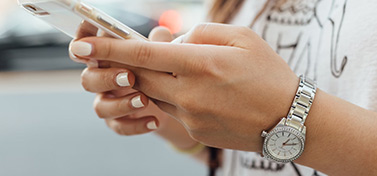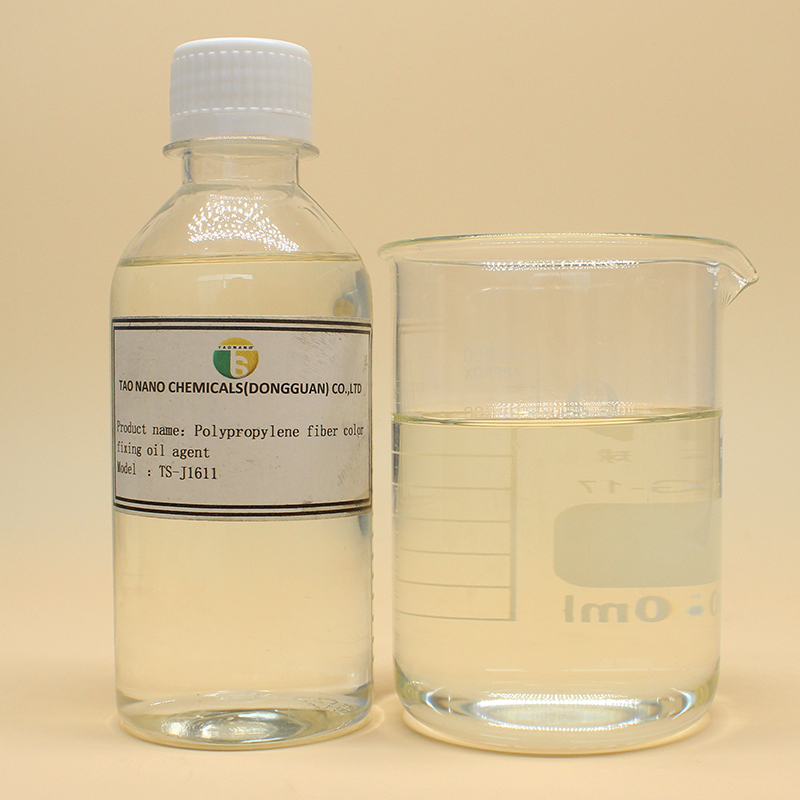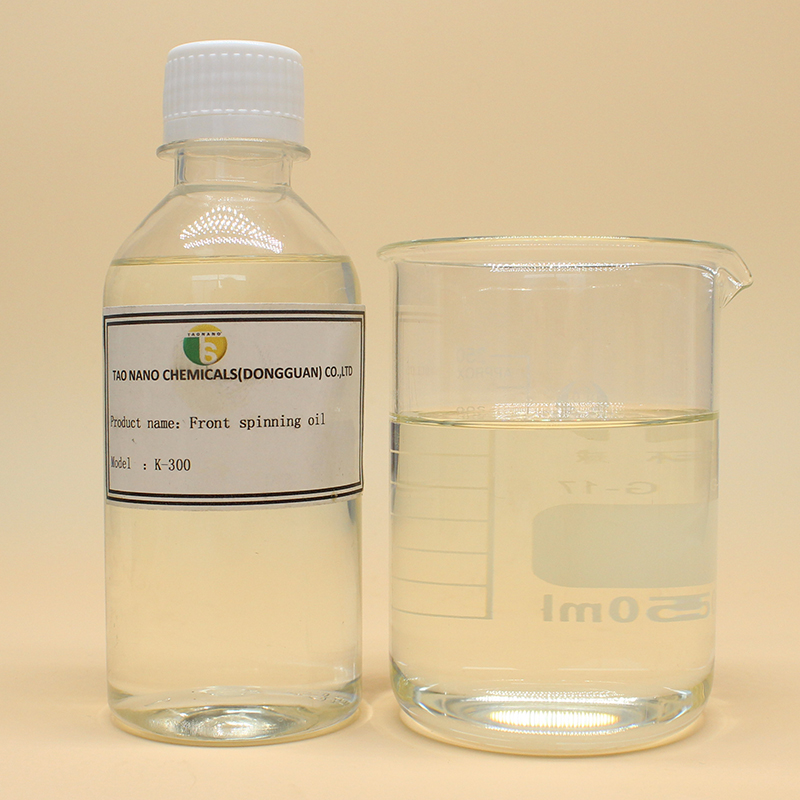- Foreign trade exports are moving forward under pressure, with both resilience and challenges coexisting
- What's inside high-quality Polypropylene yarn spinning oil?
- Polypropylene yarn spinning oil is a key additive for enhancing the production efficiency of PP fibers
- The rise of the Latin American market is expected to become a new growth pole for China's textile foreign trade
- The production process and market development prospects of polypropylene staple fiber
- The global trade landscape is undergoing significant changes in 2025

- Contact: Miss Tang
- Telephone: 0086-18926870629
- Email: taonano@taonanooil.com
- Address:No. 59, Liantang Road, Sanzhong Village, Qingxi Town, Dongguan City, Guangdong Province
At present, the dyeing technology of polypropylene is divided into three categories: bulk dyeing, unmodified polypropylene dyeing and modified polypropylene dyeing.
Bulk dyeing refers to the method that dyes and pigments are mixed with polypropylene to make polypropylene colored and widely used. The main methods of colorants used in pigments include panchromatic particle method, traditional particle method and parent particle method. In the process of plastic processing, the color masterbatch has the advantages of high concentration, good dispersion and cleaning. It has made some progress in recent years because of its good anticipatory color effect, less pigment waste, low labor intensity and no environmental pollution. However, its high cost, strict requirements for dyes, color varieties and choices are subject to certain restrictions, and it is only suitable for mass production, and it is far from keeping up with the multi-faceted and constantly updated requirements of the consumer market in the chromatography.
Unmodified polypropylene fiber dyeing is mainly carried out by coating coloring or special process technology such as supercritical CO2 dyeing technology. Since undenatured polypropylene is extremely hydrophobic and there are no polar groups in the macromolecular chain, ionic or strongly polar dyes cannot be used for dyeing. Only some special disperse dyes, mainly those with linear long chain alkyl dyes, can dye polypropylene fibers. From the point of view of the parent structure, it is mainly monoazo dyes and Huixing dyes.
Modified polypropylene dyeing is divided into four kinds: 1. Metal modified polypropylene dyeing Adding metal salts such as nickel stearate or organometallic complexes such as nickel thiobisphenol to polypropylene resin, or adding polyethylpyridine, polyether ester and other polymers to spin into polypropylene modified fibers, it is easier to dye. The metal-modified polypropylene dye has the characteristics of non-water-soluble disperse dye and can be chelated with metal. Polymer-modified polypropylene dyes have the ability to easily color these polymers. Polypropylene dyes are azo, triarylmethane, anthraquinone and heterocyclic etc. 2. Acid dyeable polypropylene is made of nitrogen-containing alkaline additives and polypropylene blended silk, which can be blended with wool, silk or nylon and dyed in the same bath. 3. Cationic dyes can be dyed polypropylene, and after the introduction of acidic groups in polypropylene, cationic dyes can be used for dyeing. 4. Polypropylene fiber modified by heterogeneous polymer blending.
Declaration: The content of this article is organized from the Internet, and the copyright belongs to the original author; If there is infringement, please inform in time and contact to delete.
- Foreign trade exports are moving forward under pressure, with both resilience and challeng
- What's inside high-quality Polypropylene yarn spinning oil?
- Polypropylene yarn spinning oil is a key additive for enhancing the production efficiency
- The rise of the Latin American market is expected to become a new growth pole for China's
- The production process and market development prospects of polypropylene staple fiber
- The global trade landscape is undergoing significant changes in 2025



